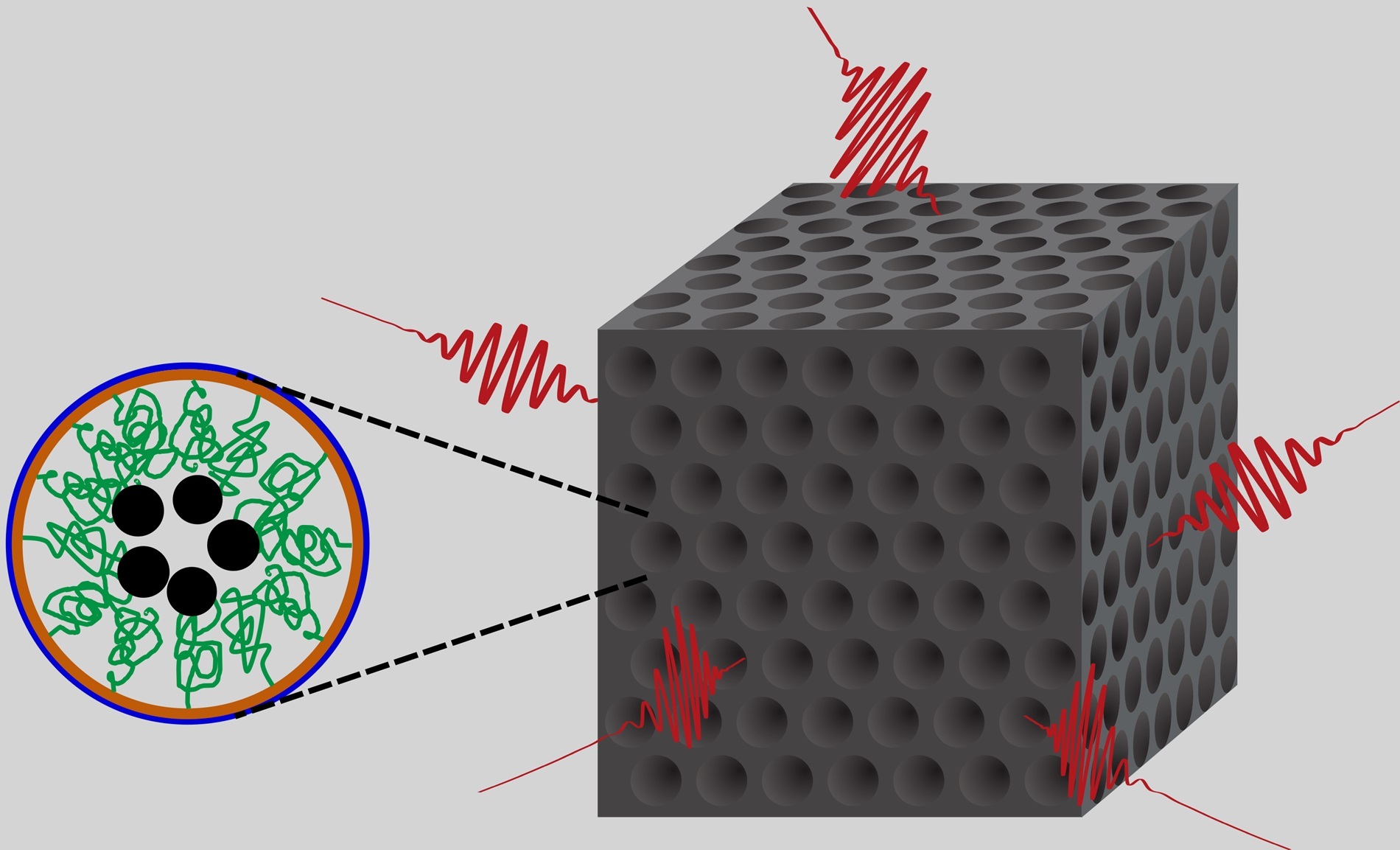Wednesday 29 May 2024
Recently, a team of chemists, mathematicians, physicists and nano-engineers at the University of Twente in the Netherlands developed the ultimate device to control the emission of photons with unprecedented precision. This technology could lead to more efficient miniature light sources, sensitive sensors, and stable quantum bits for quantum computing.
The part of your smartphone that consumes the most energy is the screen. Reducing any unwanted energy that escapes from the screen increases your smartphone's durability. Imagine that your smartphone only needs to be charged once a week. However, to increase the efficiency you need to be able to emit photons in a more controlled manner.
MINT-TOOLBOX
The researchers developed the ‘MINT-toolbox’: a set of tools from the scientific disciplines of Mathematics, Informatics, Natural Sciences and Technology. In this toolbox, there were advanced chemical tools. The most important were polymer brushes, tiny chemical chains that can hold the photon sources at a certain place. First author Schulz explains: “The polymer brushes are grafted in solution from pore-surfaces inside a so-called photonic crystal made from silicon. Quite a tricky experiment! So we were very excited when we saw in separate X-ray imaging studies that the photon sources were sitting at the right positions on top of the brushes.”
WORLD RECORD
By adding nanophotonic tools, the team has demonstrated that excited light sources are inhibited by nearly fifty times. In this situation, a light source remains excited fifty times longer than usual! The spectrum matches the theoretical one very well, as calculated with advanced mathematical tools. Second author Kozoň: “The theory predicts zero light since it pertains to a fictitious infinitely extended crystal. In our real finite crystal, the emitted light is non-zero, but so small it’s a new world record!”
EFFICIENT LIGHT SOURCES
The new results promise a new era for efficient miniature lasers and light sources, for qubits in photonic circuits with strongly reduced perturbations (due to elusive vacuum fluctuations). Willem Vos is ebullient: “Our multi-toolbox offers opportunities for completely new applications that profit from strongly stabilised excited states. These are central to photochemistry and could become sensitive chemical nanosensors.”
THE TEAM
The research was done by Andreas Schulz, Marek Kozoň, Jurriaan Huskens, Julius Vancso and Willem Vos from the University of Twente. Andreas is a PhD student in the COPS, MNF, MTP and SPC chairs, Marek is a theoretician and mathematician who recently graduated from the COPS and MACS chairs (now with Pixel Photonics GmbH, a quantum detector company in Germany), Jurriaan is professor of MNF, Julius professor (emeritus) of MTP & SPC, and Willem professor of COPS.
The research was funded by NWO Echo CW contract 712.012.003, and by NWO-FOM (Marek), and by NWO-TTW Perspectief program “Freeform scattering optics (FFSO)” (P15-36).
THE PAPER
The paper entitled “Strongly inhibited spontaneous emission of PbS quantum dots covalently bound to 3D silicon photonic band gap crystals” appears in the Journal of Physical Chemistry C that is published by the American Chemical Society (ACS). The paper is available online.





